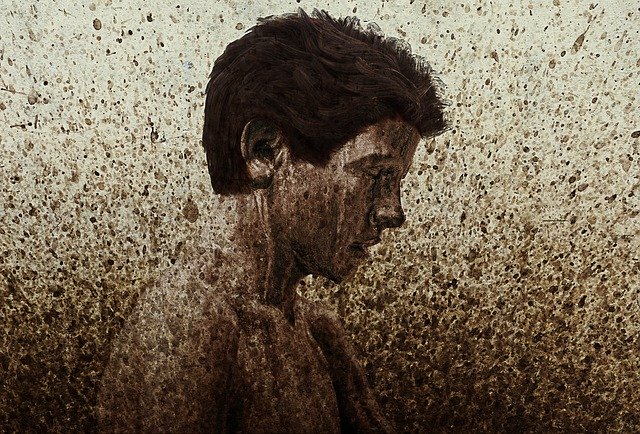Nearly two years ago, Jack Ma said something interesting:
“If we do not change the way we teach, in 30 years we’ll be in trouble. We teach our kids things from the past 200 years, it’s knowledge-based, and we cannot teach our kids to compete with machines who’ll be smarter.
“We have to teach our kids something unique, so that a machine can never catch up with us: values, believing, independent thinking, teamwork, care for others – the soft skills – sports, music, painting, arts, to make sure humans are different from machines.”
In this digitalised world, we are reminded of two important points:
- Machines will always be smarter.
- Young people need to learn more about qualities that machines do not have.
A question then might arise:

“What can we do to make young people thrive in a digitalised world?”
From November to December the Sussex Writes team held 5 weeks of after school writing clubs to students in year 10 at Gildredge House School. Whilst working with the students, we have come across how creative writing can bring about a remarkably new experience for young people. In our digital age, simple creative writing equips teenage students with skills that machines simply do not possess.

The Power of Imagination
Week by week, the students had the chance to think about feelings and emotions upon their own reflections. They imagined characters and how they look. They visualized places that they had been to, and those that they hadn’t. They described past time periods, the present moment, and the ambiguous future. They started to think of some possibilities for the future; some were very serious, some were extremely fun. They then combined the emotions, characters, and settings into their own storyline. Each story was personal and unique. Each story belongs to each student. The imaginative process behind each story has nurtured the traits that machines do not have: creativity and authenticity.
The Magic of Creative Writing
The process did not stop at imagination. The students continued the process of writing. Some students were already very keen writers. For the rest, writing was daunting. They often said that they never knew where to start, and that writing always seemed so serious and concrete.
However, our innovative methods of creative writing have made the process of putting pen to paper (or hand to keypad) much more enjoyable for them. The process of writing after a series of activities, week by week, has developed practical methods among the students. They took the courage to write the first sentence. They discovered that it comes after a process. They became persistent to finish what they had started. They grew the confidence to present their work, and more importantly, appreciate each other’s work. Again, these are all qualities that computers do not have.

As a post-graduate student of Childhood and Youth Studies, coming from Indonesia, I treasure taking part in Sussex Writes and being able to go through this process. It is not only the students who learn, but also me. I learn from the students and teachers and from fellow Sussex Writes team members. I have come to realise that creative writing for young people is meant to encourage not just learning, but more the process of learning, unlearning, and relearning. Creative writing teaches young people that there is not a linear process in producing art. Every student, unlike every machine, has a different story to tell.
Written by Monica Agnes Sylvia
Edited by Katie Fretwell


